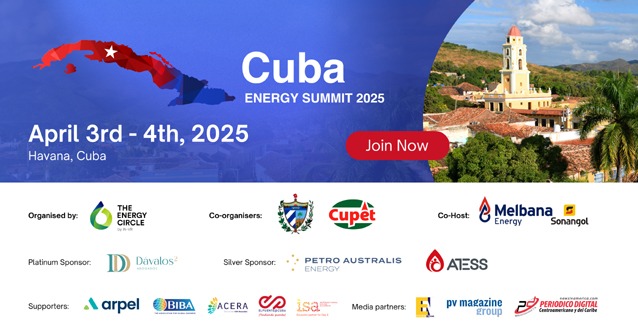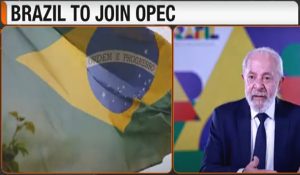Shailesh Andrade / Reuters
By Tim Gardner and Jessica Resnick-Ault / Reuters
WASHINGTON/NEW YORK
Petroleumworld 11 2 2021
The White House said on Tuesday it would make 50 million barrels of oil available from the U.S. Strategic Petroleum Reserve to help cool oil prices. read more
The release, a combination of a loan and a sale from the reserve, was being made in tandem with releases from strategic reserves by China, India, South Korea, Japan and Great Britain, the White House said.
Such a move may not have a long-term impact on dampening U.S. oil prices that hit a seven-year high above $86 a barrel in late October, analysts say. read more
The release could allow the Biden administration to fend off criticism ahead of the 2022 midterm elections that it has done little to counter rising prices. By moving in tandem with other big consumers like China and Japan, it could also allow Biden to say he took action after Saudi Arabia and Russia, members of the OPEC+ production group, resisted U.S. calls to pump more oil into global markets. read more
WHY WAS THE SPR CREATED?
The United States created the SPR in 1975 after the Arab oil embargo spiked gasoline prices and damaged the U.S. economy. Presidents have tapped the stockpile to calm oil markets during war or when hurricanes hit oil infrastructure along the U.S. Gulf of Mexico.
HOW MUCH OIL DOES THE SPR HOLD?
The reserve currently holds about 606 million barrels in dozens of caverns in four heavily guarded locations on the Louisiana and Texas coasts. That is enough oil to meet U.S. demand for more than a month.
The country also maintains small heating oil and gasoline reserves in the U.S. Northeast.
WHAT OTHER COUNTRIES HAVE STRATEGIC RESERVES?
The United States is responsible for about half of the world’s strategic petroleum reserves. Besides the United States, the other 29 member countries in the International Energy Agency, including the United Kingdom, Germany, Japan and Australia, are required to hold oil in emergency reserves equivalent to 90 days of net oil imports. Japan has one of the largest reserves after China and the United States.
China, an associate member of the IEA and the world’s second-leading oil consumer, created its SPR 15 years ago and held its first oil reserve auction in September. Another IEA associate member, India, the third-biggest oil importer and consumer, also maintains a reserve.
Overall, OECD governments held more than 1.5 billion barrels of crude as of September, according to the IEA.
CAN THOSE COUNTRIES RELEASE OIL ALL AT ONCE?
U.S. presidents can coordinate a SPR release with drawdowns in reserves by other IEA members at the same time. A potential release involving China and India would be the first instance in which the United States coordinated a release that included those two nations. The IEA is not involved with this release, because the IEA’s rules state that it is not meant to intervene to affect prices.
HAS THE UNITED STATES DONE THIS BEFORE?
Yes. The United States has released oil in conjunction with the IEA on three occasions. It has also released crude – usually in the form of a loan – after localized disruptions like hurricanes or pipeline shutdowns a number of times. read more
HOW DOES THE SPR GET OIL TO MARKET?
Because of its location near big U.S. refining or petrochemical centers, the SPR can ship as much as 4.4 million barrels per day. It can take only 13 days from a presidential decision for the first oil to enter the U.S. market, according to the Energy Department.
Under a sale, the Energy Department usually holds an online auction in which energy companies bid on the oil. Under a swap, oil companies take crude but are required to return it, plus interest.
U.S. presidents have authorized emergency sales from the SPR three times, most recently in 2011 during a war in OPEC member Libya. Sales also took place during the Gulf War in 1991 and after Hurricane Katrina in 2005.
Oil swaps have taken place more frequently, with the last exchange held in September after Hurricane Ida.
The United States has about 606 million barrels of oil in its strategic reserve and is tapping it in conjunction with moves from other countries.
_____________________________________
By Tim Gardner in Washington and Jessica Resnick-Ault in New York Editing by David Gaffen and Matthew Lewisfrom Reuters.
reuters.com 11 23 2021
Copyright ©1999-2021 Petroleumworld or respective author or news agency. All rights reserved.
Petroleumworld.com Copyright ©2021 Petroleumworld.












